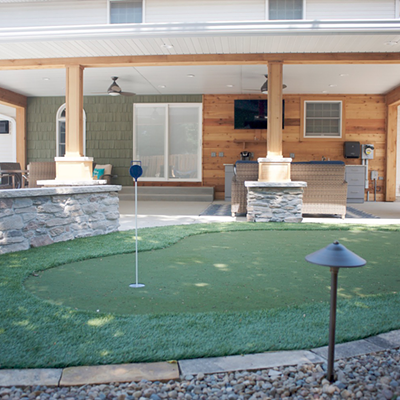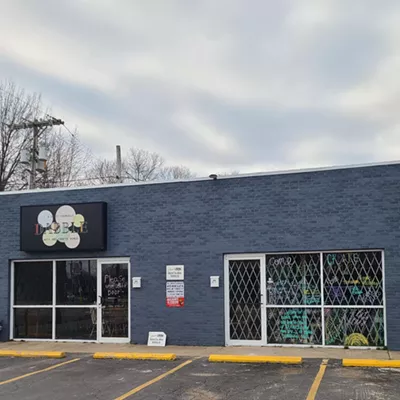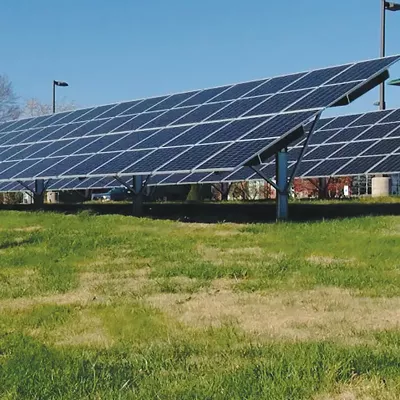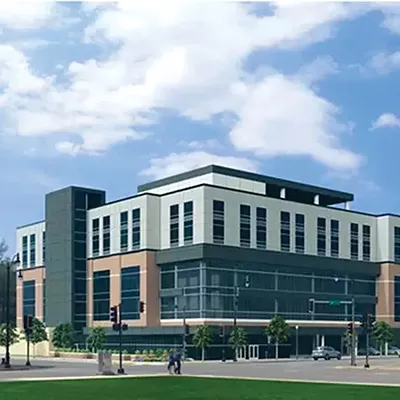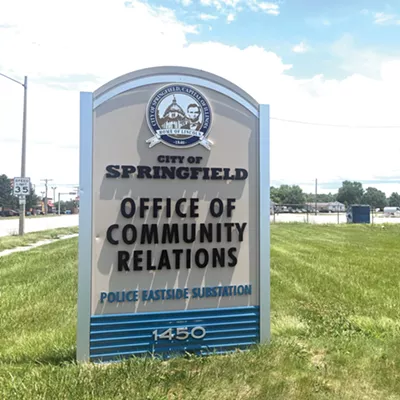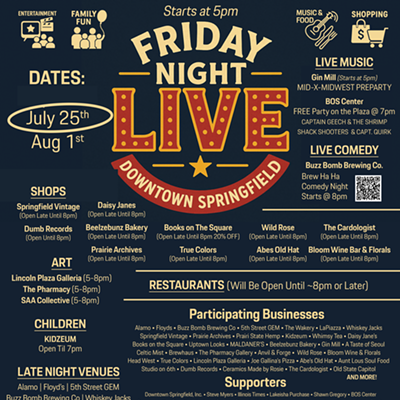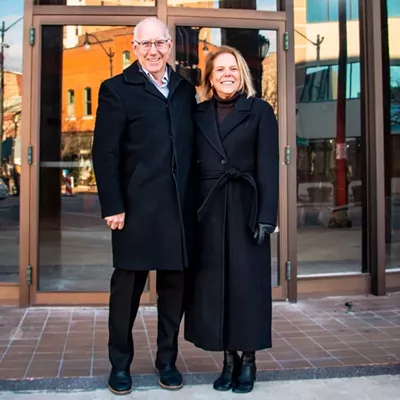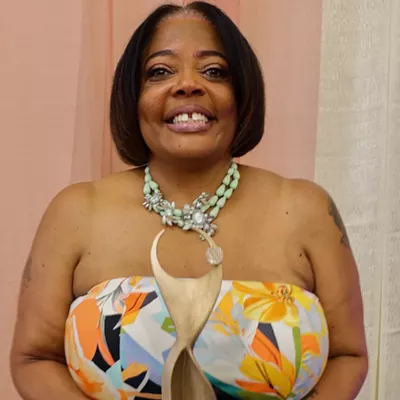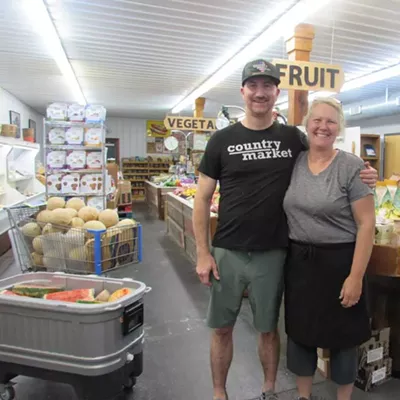In the spring of 2020, Morrisa and Chet Reynolds walked 20 acres of property in Chatham with the intention of building a different sort of life. Chet had been raised in an agricultural community, and the couple was starting to feel as though subdivision life just wasn't right for them. Fast forward five years and the Reynolds not only live on that plot of land, which they have named Coyote Acres, but they live and work out of a structure they call The Shed.
The Shed is a barndominium, a residential option that has been growing in popularity over the last decade. A combination of the word barn and condominium, today's barndominiums – or barndos – are large, metal residential structures with high ceilings and open-plan layouts that typically feature some sort of workplace, garage or multipurpose area. Barndos are often built on plots of land which are larger than a traditional yard. Having acreage allows barndo owners the space and flexibility to build a lifestyle that appeals to them and to do it all from their home base.
The Reynolds refer to their barndo as The Shed, but these types of structures are commonly called pole barns or Morton Buildings. Their version features a shop and a garage on the middle and left sides of their building, and the family lives on the right side in an apartment-style home.
"The shop is the biggest blessing to our family," said Morrisa Reynolds. "We have heated floors in the shop and the garage, and we have a basketball hoop out there, too. We spend so much time working on projects while we are all together in that big space."
The open floor plan of barndominiums allows owners to be versatile with how they use the large spaces. While they have traditionally been used for more industrial purposes, barndos can accommodate a variety of functions.
Heather Brooks Yucetas of Petersburg is in the final stages of a constructing a barndominium which she will be opening as Prelude Kids Center this spring. Though Yucetas is not using her barndo for residential purposes, it promises to be a home away from home for families in Petersburg. Yucetas said she decided on a barndo for her child care facility because of the structure's flexibility.
"These post-frame construction buildings don't have internal load-bearing walls so we really could do whatever we wanted inside. I worked with Morton Buildings, and they had a great architecture team who understood the vision and made it happen," Yucetas said.
"We have a large, multipurpose open room spanning the back half of the building that we can use as a cafeteria, gross motor room, school-age classroom and training room. We don't want to be squeezed for space," she said.
One possible misconception about barndominiums is that they are always cheaper to build than more standard structures; neither Reynolds nor Yucetas found this to be the case. Both noted that the cost of construction materials has increased and that it is important to work with a good contractor if you want a high-quality build. But for both women, the end project was more than worth the cost.
"I never thought my life would look like this as an adult," Reynolds said. "When you are younger, you dream of a big home in a subdivision. Now I am living in a shed on 20 acres, but I am so glad I was open to living in a space like this, and I am so thankful for this lifestyle"
Pamela Savage is a freelance writer who lives in a more traditional home in Springfield alongside her husband and two children.


